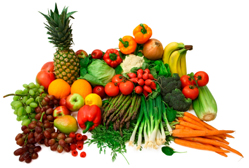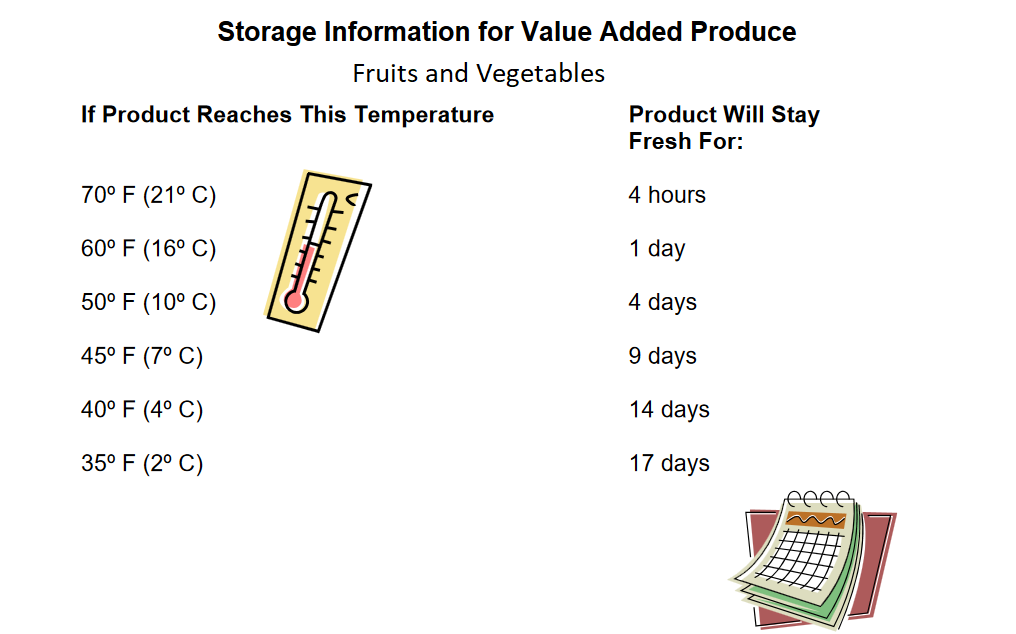
Fruits and Vegetables
|
Handling and Storage of Fresh Fruits and Vegetables
Food Service personnel have decisions to make regarding every produce delivery. Practicing good habits such as
checking all produce upon arrival and immediately placing product in the appropriate storage area will help
preserve the quality of the product for when utilized.

What is a Cold Storage Warehouse? How to store fruits and vegetables after harvest? What are the different solutions to keep them for a long time and make the most of them? |
Are You Storing Food Safely?
| Keep your appliances at the proper temperatures. Keep the refrigerator temperature at or below 40° F (4° C). The freezer temperature should be 0° F (-18° C). Check temperatures periodically. |
